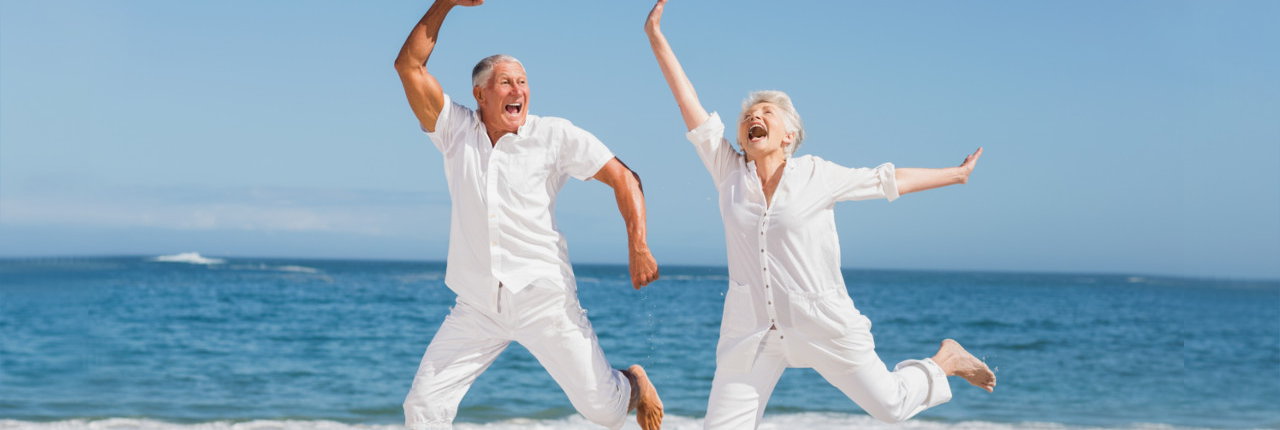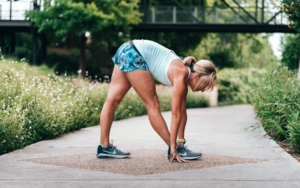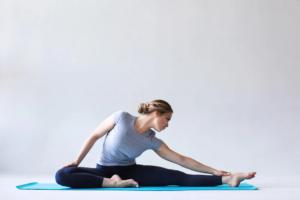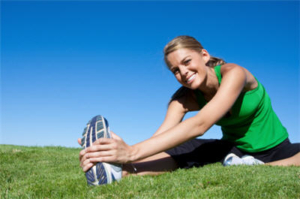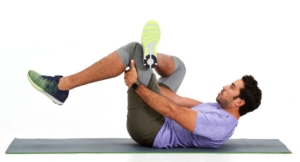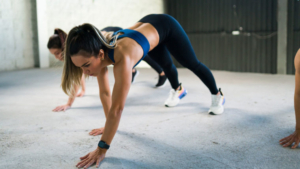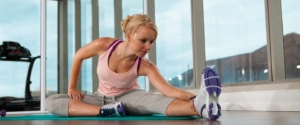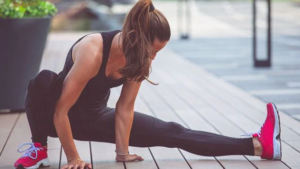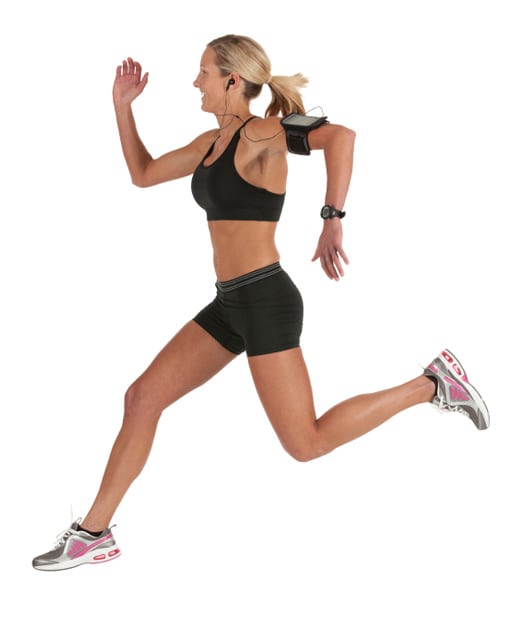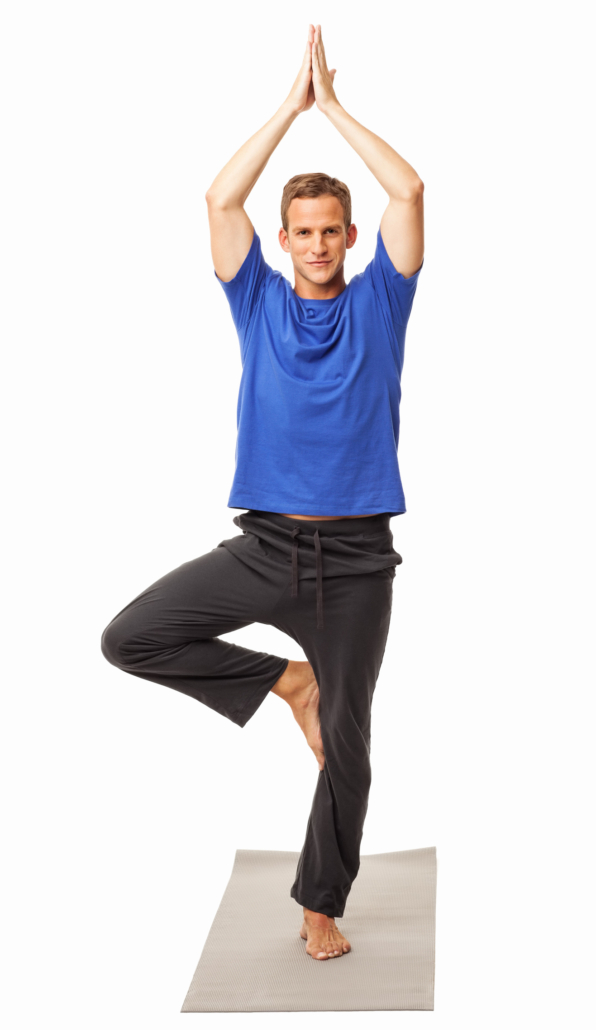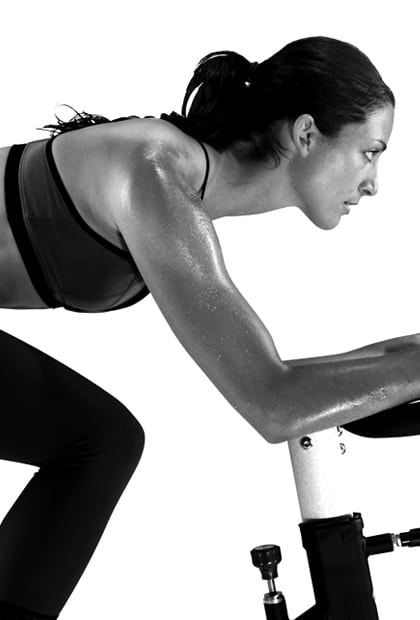PUT THE SPRING BACK INTO YOUR STEP WITH OUR FIVE A DAY TIPS
No matter your age or lifestyle, if you could do with a little extra pep here’s how
A five step plan* to put a little extra Spring into your Step, could include:
1. GET UP
And then get down on all fours. And then onto your tummy so that you’re flat on the floor and roll onto your back. Now, as quickly as you can, do the same movements in reverse … As you get back up, did you hop up easily or go one knee at a time and let out a small groan, using your hands to push against your legs as you steadied yourself? This is a great way to test yourself. Unless you have a physical condition that affects your movement, you really should be able to get up effortlessly in midlife.
“Every time you get out of bed, do this drill two or three times and you will have a good chance of staying mobile and maintaining physical confidence, both into midlife and beyond.” Anna Coe, specialist fitness coach
If you struggled doing this movement, and would like help addressing any weak areas, then please do make an appointment and come and see one of our physio team > who excel at Physio Rehab.
2. STAND UP STRAIGHT
Good posture improves spine health. People who make a habit of using correct posture are less likely to experience related back and neck pain.
- Stand straight and tall with your shoulders back & down
- Keep your head level and in line with your body
- Pull your stomach in
- Keep your feet approximately shoulder-width apart (and remember, don’t lock your knees)
- Put your weight primarily on the balls of your feet
- Let your hands hang naturally at your sides – and breathe
Our Pilates & Yoga Classes can teach you the correct procedure so that it becomes second nature. The classes can also assist by strengthening your core muscles and improving your balance. Book a class now > Timetables are available in clinic & on our website.
3. START WITH A STRETCH
Start your day with 10-15 minutes completing a light stretching routine (remember to hold the stretch for at least 20 seconds, ie. don’t bounce). This helps with stress management and improves blood flow, circulation and joint mobility, all of which are key to staying healthy.
The main benefits of a regular stretching routine include:
- Reduced risk of injury
- Better sleep
- Better digestion
- Reduced stress levels
- Reduced soreness
- Prevent joint issues later in life
- Improved posture & flexibility
There are four main types of stretching:
- Static stretching*
- Dynamic stretching*
- Proprioceptive Neuromuscular Facilitation (PNF)
- Ballistic stretching
*These are the most common types of stretching
What is Stretching?
Static stretching is the kind of stretching where you lean into the stretch and hold its position. For example:
* Standing forward folds : *Butterfly stretch : *Reclined twists : *Figure four stretch : *Lying Hip Rotations
Static stretching has been found to be effective for increasing range of motion in a particular joint. So, for activities that require a larger range of motion, like dancing and gymnastics, static stretching is necessary. It’s important to avoid overstretching – in other words, you shouldn’t hold a stretch for any longer than 10-20 seconds or push further than you need to. Also, consider dynamic stretching as an alternative.
Dynamic stretches are active movements where joints and muscles go through a full range of motion. They can be used to help warm up your body before exercising.
“Dynamic stretches are meant to get the body moving. The stretches aren’t held for any length of time. Dynamic stretches include movement, such as lunges with a torso twist.” Dynamic stretching is known to be beneficial before sports activity, before weightlifting and before any cardiovascular exercise.
Come and learn more at one of our classes or with a Personal Training Package.
Source: An excellent article by Physio in Australia, Tom Hol, NSW, Physio Inq Licensee. To read more see: www.physioinq.com.au/blog/stretch-before-workout
Source: To read more about the differences between static and dynamic stretching and the associated benefits, read more in a blog by Healthline on dynamic stretching.
4. DRINK JUICE
Once you have your circulation going, enjoy a nutrient-dense juice before breakfast – and variety is the key, so change it up several times a week. Adding a generous handful of berries will ensure your juice is high in antioxidants but still have a low glycemic index (ie. it won’t spike your blood sugar levels). Broccoli and spirulina plus some ginger, turmeric and juice of a lemon are also beneficial.
To work out a blend that is just right for you and to address any other dietary issues, take advantage of a FREE 15-minute consultation we offer with our in-house nutritionist, Sharon Kallos. Call our Reception team now on 0208 876 5690 to make an appointment.
5. GET AN MOT
We now offer a physical ‘MOT’ to put you through your paces to check your mobility and improve confidence levels. an MOT could help you if:
* You’ve noticed any weaknesses climbing stairs or getting up from a chair?
* Your balance not as good as it used to be and you feel a little unsteady?
* You’re planning a sports event and want to check out any weak areas before you start and include injury-prevention into training programme
* You’ve been told you have Osteopenia or Osteoporosis and need to take some pro-active action?
Our MOT’s come in three different levels
These packages can be adjusted to suit you. For further details please click here or call our friendly Reception team who can talk you through the options. We also have a leaflet available in our clinic. Invest in yourself and let us help you to get the most out of life. As Erasmus said, “Prevention is better than cure”.

